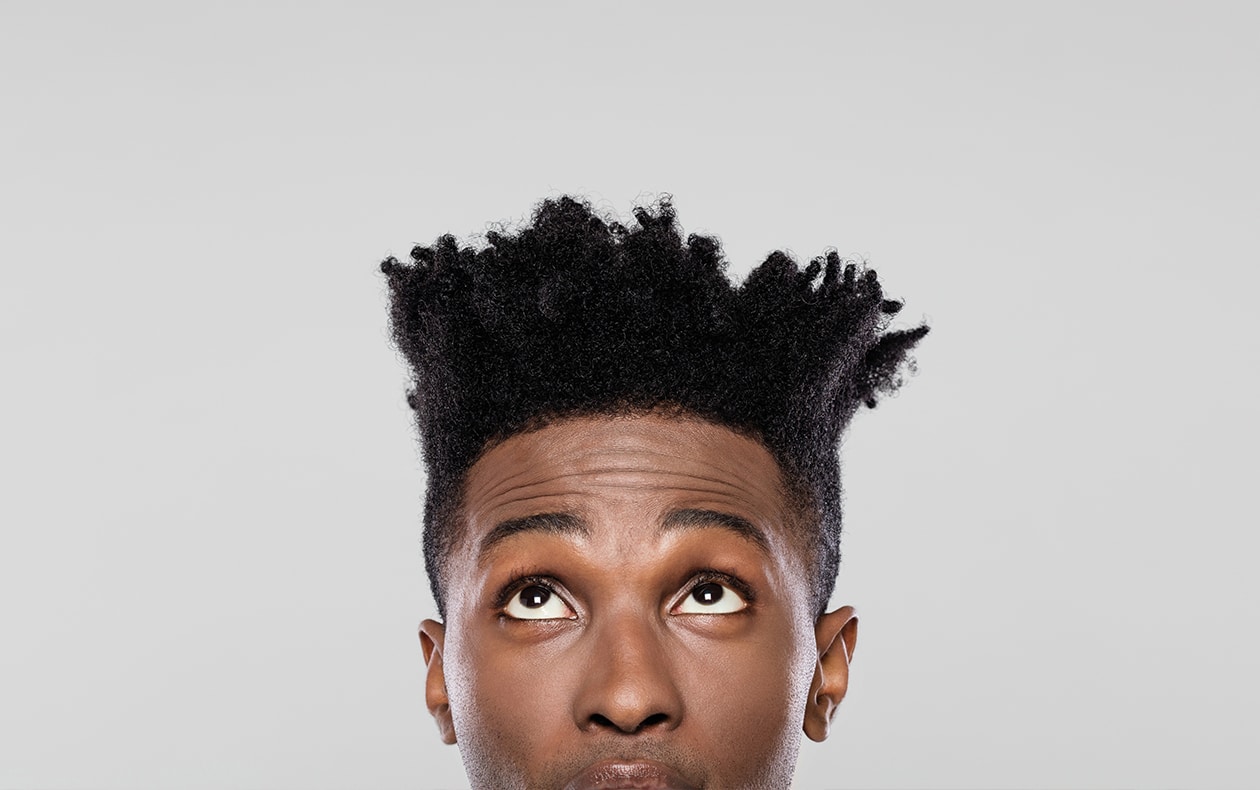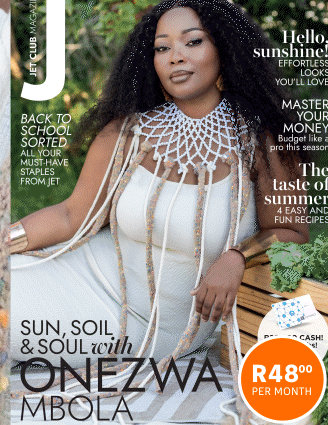What is your afro hair type? – Complete guide

Caring for your specific curl type does wonders for your hair’s health. Follow this guide to know yours better.
Curls, coils and kinks – whatever your hair type, there’s a science to caring for it. We’ve gathered expert insights to help you understand why your hair curls the way it does – plus some pro styling tips.
WHAT’S THE DEAL WITH CURLS?
Depending on your hair follicles, the shape and thickness of your hair strands will differ. “The shape of our hair follicles and the way the hair emerges from the follicle is a major contributor to the degree of the hair-curl pattern, its shape and ultimately what we describe as texture,” explains Rolanda Wilkerson, Senior Director Beauty Care at Procter & Gamble.
Straight hairs emerge from a round follicle, while wavy and curly hairs emerge from oval and twisted follicles. Thicker strands will also grow from a larger area while thinner strands grow from smaller areas.
The chemical bonds in your hair contribute to your curl pattern, too. Hair is primarily made of cysteine, a sulphur-containing amino acid. In curly hair, cysteine groups are closer together and can easily bond with each other, creating more fibrous tension, which results in more curling.
@prime.side Simple way to know your hair type or pattern, this will make us understand the care our hair needs and how best to style it. Why black hair suffered pains and difficult maintenance back then was because they didn’t understand how best to care for their hair. So they mostly used the care given by those with other types of hair, but when they realized it, black hair came up better. Every hair type is unique, whatever category you find your hair to be, love it and take good care of it. Don’t miss my 30days care tips going on Instagram right now/ my Instagram handle @prime.side. Please like this video, share and follow for more! #haircare #hairtypes #hairtutorials #haircaretips #blackhaircare #blackhaircare #hairstyles #curlpattern #type4hair #kinkycurly #kinkyhair #primeside ♬ original sound – Prime side
WHAT’S YOUR CURL TYPE?
TYPE 3 CURLS
This category groups together hair that curls into springs and corkscrew shapes. It includes mixed levels of thickness (fine, medium or thick) and combines wavy and coiling strands. When wet, the hair is wavy and curls with a three-dimensional twirly shape as it dries. Here, each strand of hair can be unique.
TYPE 3A: SOFT CURL
These curls are wide spirals that are typically not coarse; instead, they are bouncy, even with minimal styling. Soft curls are usually the easiest to manage and, with the right products, they don’t need a lot of styling.
TYPE 3B: CURLY
If you have well-defined, medium-size springs that resemble corkscrews, your hair falls into this category. Volume is no issue with this hair type as each spring is individually well-defined and they bounce off each other to amplify volume and shape. However, this hair type is the most prone to breakage and mattified frizz, so moisture plays a primary role in maintaining curls.
TYPE 3C: ULTRA CURLY
This hair type has smaller, denser curls than 3B, ranging from defined to loose spirals. A detangling comb is essential to avoid breakage and the formation of dreads when left too long. Because of the density, your scalp needs extra TLC to stay healthy.
TYPE 4 CURLS
Commonly referred to as Afro-textured or kinky hair, this hair type typically shapes into a zigzag pattern that doesn’t spiral, or can be a tightly wound S-shaped curl. It can even be a mix of the two shapes.
@ziwohadebe #greenscreen #naturalhair #4chair #longerhairfaster ♬ original sound – Ziwo Hadebe| Natural Hair
TYPE 4A: COILED
This type is characterised by small, distinctive S-shaped strands looped alongside each other into tight rings. This curl type needs intense care with creams and oils to support the moisture balance, manage frizz and maintain a nourished, soft feel.
TYPE 4B: ZIGZAG
This curl type is characterised by its tiny zigzagged pattern, usually accompanied by tighter and S-shaped coils. There is an abundance of different styles and products formulated with varying ratios of key conditioning ingredients. For this type, double conditioning is essential. Apply conditioner in the shower and when styling post-shower.
TYPE 4C: TIGHTLY COILED
Tightly coiled strands are more fragile than any other curl pattern and thus most prone to breakage, so maintaining moisture is essential. Treat your hair to weekly hot oil treatments with ingredients like avocado, coconut, castor or almond oil to maintain and lock in moisture.
Text courtesy of Man Magazine.
Photo & Illustrations: Gallo/Getty Images
Related articles

Latest Jet club magazine
We’ve got the latest trends, exciting prizes and exclusive savings just for you!
Jet Club will not pass your details to anyone else. By clicking the subscribe button you confirm you have read and agree to the Jet Club Terms and conditions and Jet Club Privacy Statement.
Subscribe

